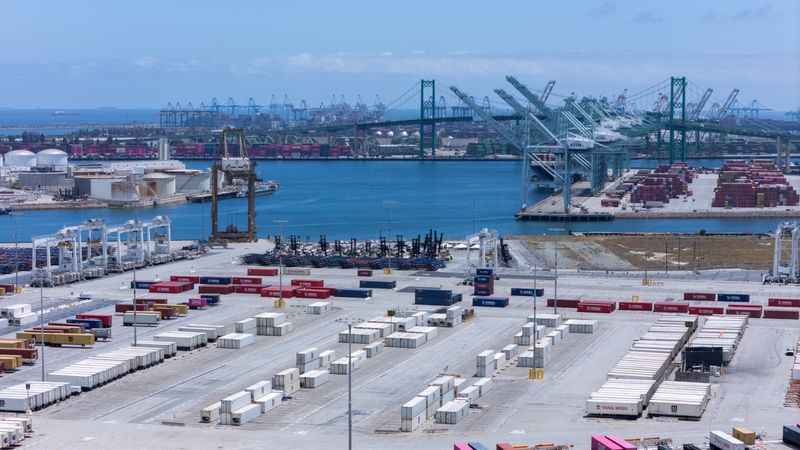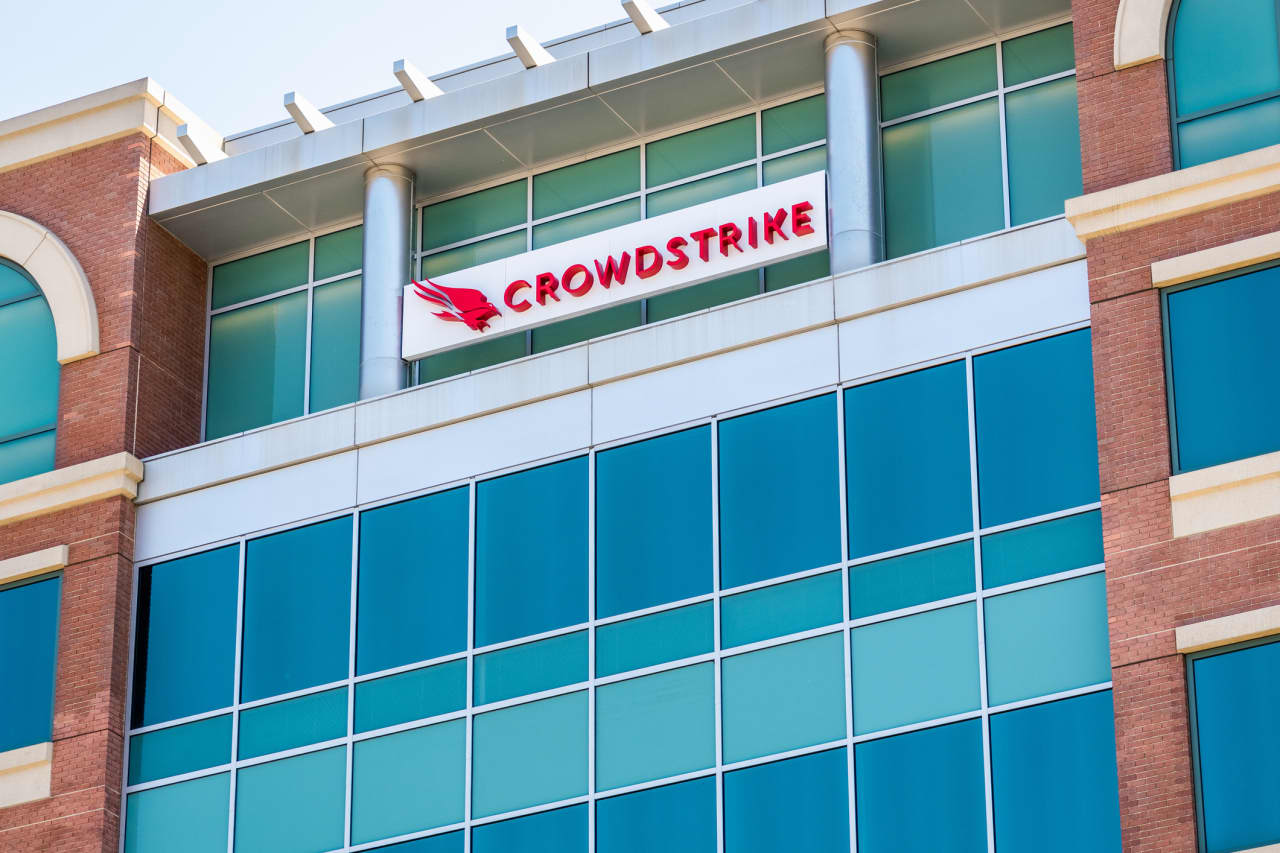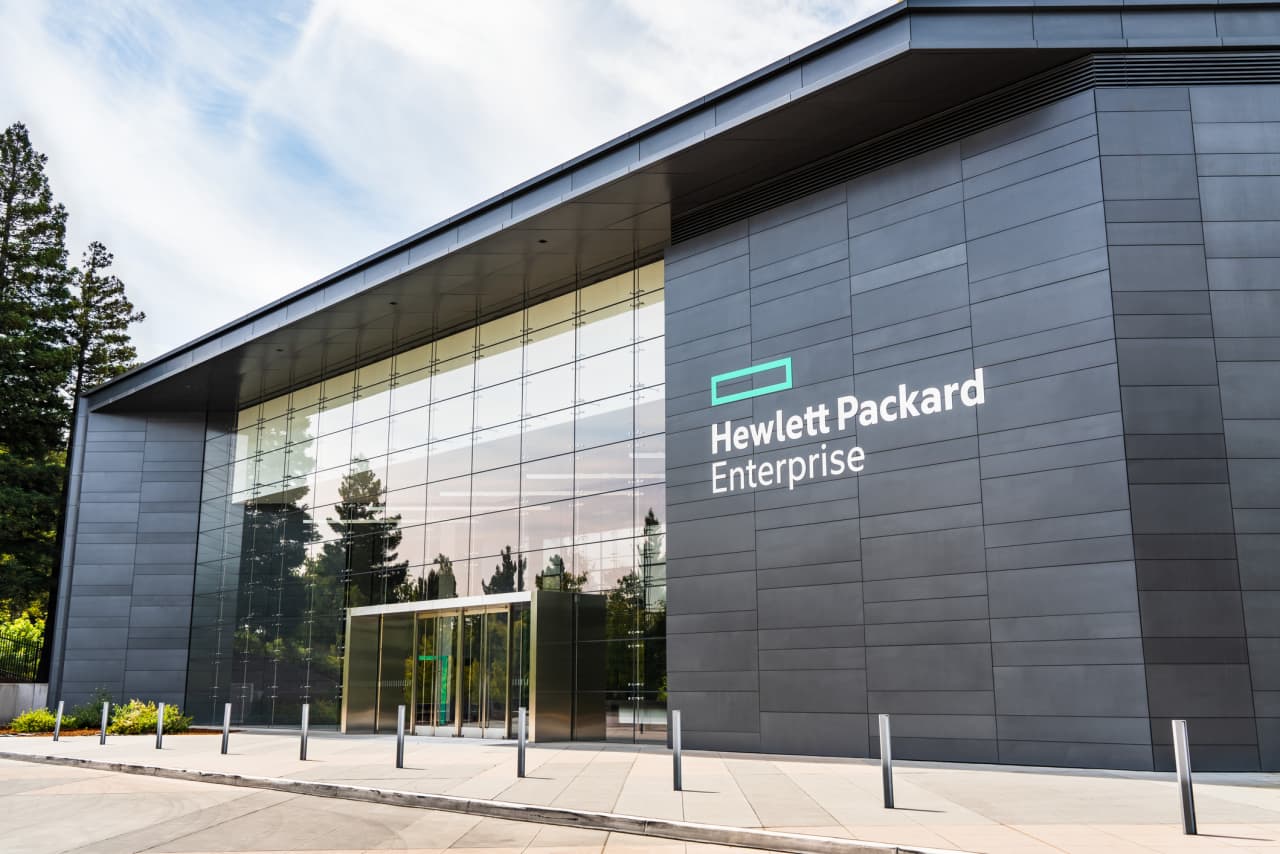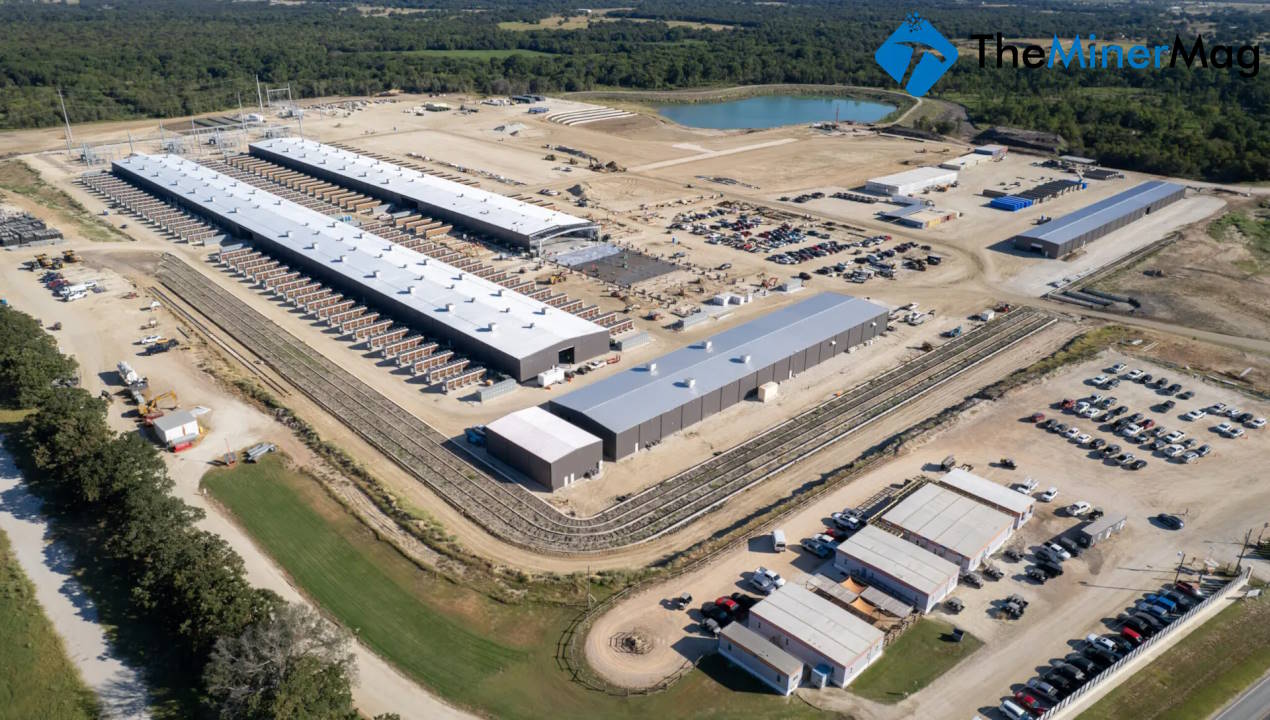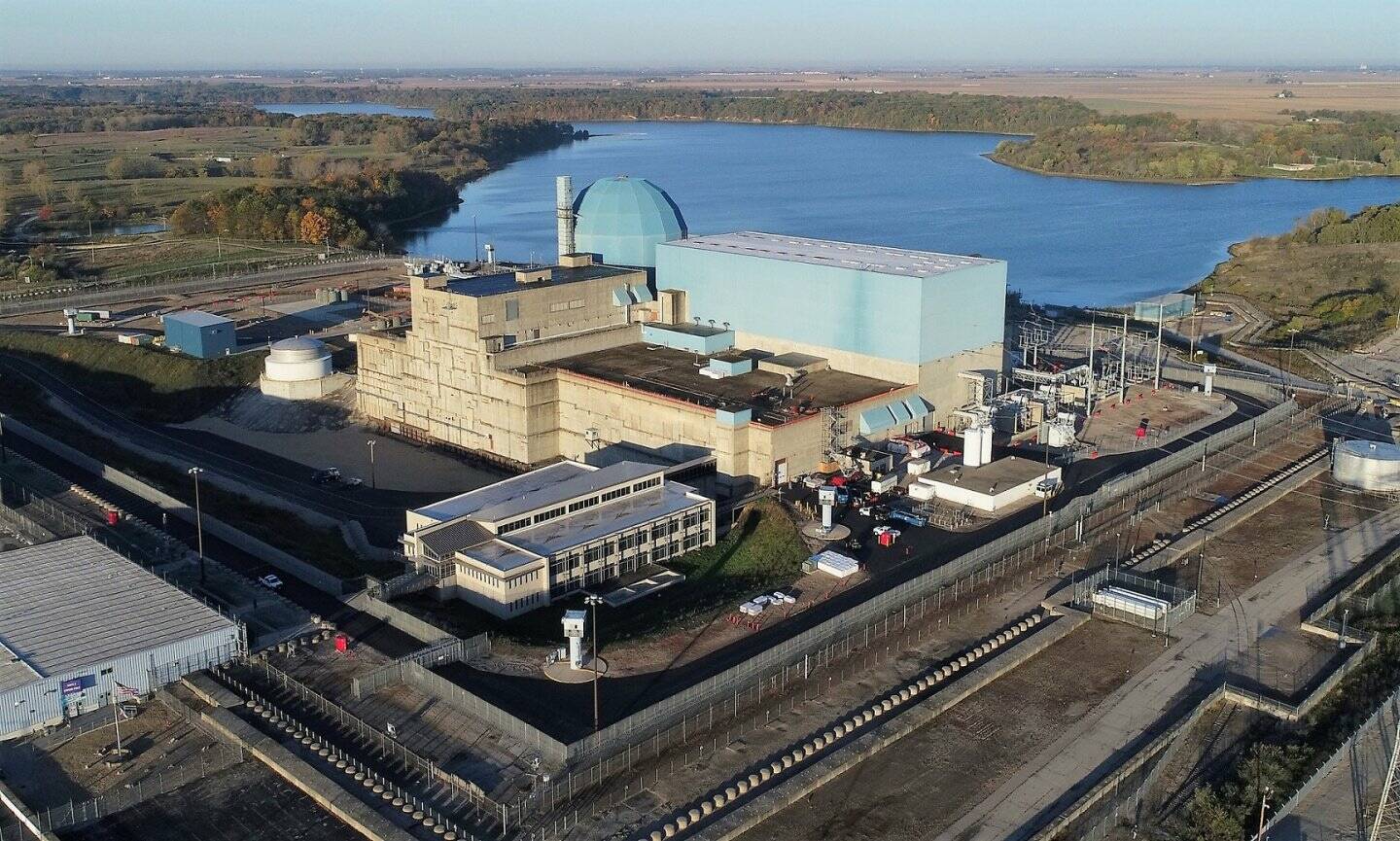The largest Fortune 500 company has 2 million employees. These 8 have under 2,000
These small but mighty companies on the Fortune 500 raked in more than $87 billion in combined revenue over the past year.

Fortune 500 companies collectively employ nearly 31 million workers. None more than Walmart, which once again tops the list in 2025 as the largest private employer in the U.S. with approximately 2.1 million employees on its payroll. But scale isn’t always tied to headcount. In 2025, eight companies on the list brought in massive revenues—over $87 billion combined—with lean teams of fewer than 2,000 employees each. These companies, many of which operate in energy or asset-heavy industries, exemplify operational intensity over organizational sprawl, extracting outsized profits with relatively small workforces.
What allows these lean companies to generate billions in revenue with workforces under 2,000? Three consistent trends emerge:
1. Capital-intensive, not labor-intensive industries
Most of these companies operate in energy, natural resources, or asset-heavy sectors, such as refining, metals, or real estate investment. Their business models rely more on infrastructure, equipment, and commodity markets than on large-scale human labor. One oil refinery or liquid natural gas export terminal, for instance, can generate billions in revenue with relatively few employees.
2. Operational leverage and high-value output
Companies like Cheniere and Diamondback Energy benefit from high operational leverage, meaning that once the infrastructure is in place, incremental output and profit scale without a proportional increase in the workforce. For example, the precious metals trading company A-Mark Precious Metals moves vast amounts of high-value assets, like gold and silver, that don’t require a large salesforce or service base.
3. Consolidation and focused growth
Several of these companies have grown through acquisition—Diamondback, Par Pacific, Ovintiv—not workforce expansion. Strategic M&A enables them to scale revenue and geographic reach while maintaining a stable headcount. Others, like Delek, have divested labor-intensive segments, such as retail stores, to concentrate on more capital-efficient units.
The key pattern here is that lean revenue giants tend to cluster in industries where physical assets, not people, drive performance and where scaling up doesn’t mean scaling headcount. They’re also more common in sectors with high fixed costs and volatile pricing, like energy and commodities, where margins can fluctuate dramatically based on market conditions.
Here are the Fortune 500 companies bringing in billions with the lowest headcounts.
Cheniere Energy
Rank: No. 275
Revenue: $15.7 Billion
Employees: 1,714
Cheniere is the largest exporter of liquified natural gas in the U.S. and the world’s second-largest producer of superchilled gas. Headquartered in Houston, the company operates major export terminals at Sabine Pass and Corpus Christi and supplies LNG to more than 40 markets across five continents. Despite recent financial pressures, Cheniere continues to pursue global expansion, buoyed by President Donald Trump’s favorable stance toward natural gas. The company dropped 75 spots in this year’s ranking and has been led by CEO Jack Fusco since 2016.
Hess
Rank: No. 327
Revenue: $13.01 Billion
Employees: 1,797
Founded in 1933, New York-based Hess is a major oil and gas producer with operations in the Gulf of Mexico and partnerships in Malaysia and Thailand. The company rose 51 spots this year and has been a Fortune 500 mainstay for 68 years. John B. Hess, son of founder Leon Hess, has served as CEO for three decades. In 2023, Chevron agreed to acquire Hess, a deal that is still pending.
Delek US Holdings
Rank: No. 336
Revenue: $12.46 Billion
Employees: 1,987
Delek US Holdings, based in Tennessee, operates across petroleum refining, logistics, asphalt, and fuel retail. In 2024, it sold hundreds of convenience stores to Mexico’s FEMSA for $385 million, refocusing on its core refining and logistics operations. Delek, a Fortune 500 company for 11 years, dropped 92 spots in this year’s ranking. CEO Avigal Soreq, who previously worked at El Al Airlines and held earlier roles at Delek, took the helm in 2022.
Diamondback Energy
Rank: No. 383
Revenue: $11.06 Billion
Employees: 1,983
Texas-based Diamondback Energy, founded in 2007, is a fast-growing oil and gas company focused on the Permian Basin. It jumped 66 spots this year after major acquisitions: a $26 billion deal for Endeavor Energy Resources in 2024 and a $4.1 billion purchase of Double Eagle IV assets in 2025. CEO Travis Stice, who led the company since 2012, is stepping down this year. The company’s president, Kaes Van’t Hof, will succeed him.
A-Mark Precious Metals
Rank: No. 423
Revenue: $9.69 Billion
Employees: 486
With fewer than 500 employees, California-based A-Mark Precious Metals specializes in trading gold, silver, platinum, and palladium for wholesale and retail buyers. Founded in 1965, the company first entered the Fortune 500 in 2015. Under longtime CEO Gregory Roberts, who has led the company since 2005, A-Mark has expanded through acquisitions, including that of Goldline International in 2017.
Ovintiv
Rank: No. 438
Revenue: $9.15 Billion
Employees: 1,623
Denver-based Ovintiv emerged from a reorganization of Canadian energy firm Encana in 2020. It focuses on shale development in North America’s Permian Basin and Canada’s Montney Shale. The company, which dropped 65 spots this year, is led by CEO Brendan McCracken. In 2024, Ovintiv spent $2.38 billion acquiring Montney shale assets to expand its footprint.
Welltower
Rank: No. 472
Revenue: $7.99 billion
Employees: 685
Welltower is an Ohio-based healthcare real estate investment trust focused on senior housing, assisted living, and medical office buildings across the U.S., Canada, and the U.K. Under CEO Shankh Mitra, who took the helm in 2020, the company has invested more than $4 billion in senior and active adult housing. The 2025 list marks Welltower’s Fortune 500 debut.
Par Pacific Holdings
Rank: No. 474
Revenue: $7.97 Billion
Employees: 1,787
Par Pacific, headquartered in Houston, operates refineries in Hawaii, Montana, and Washington, with a total capacity of over 150,000 barrels per day. In 2023, the company acquired ExxonMobil’s Billings Refinery in Montana. Par Pacific dropped 20 spots this year. William Monteleone, a finance and M&A veteran, became CEO in 2024.
This story was originally featured on Fortune.com











.png)



















